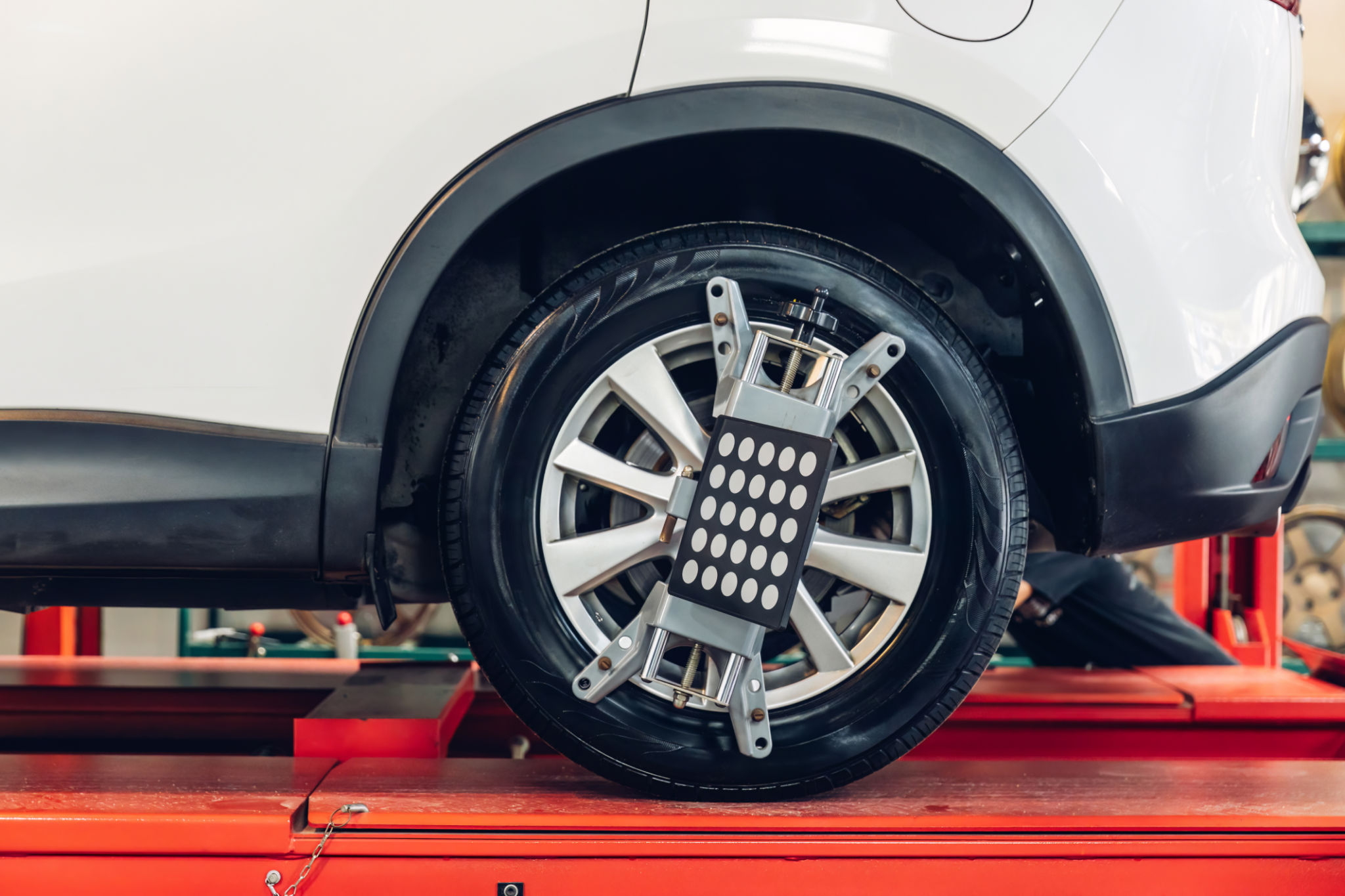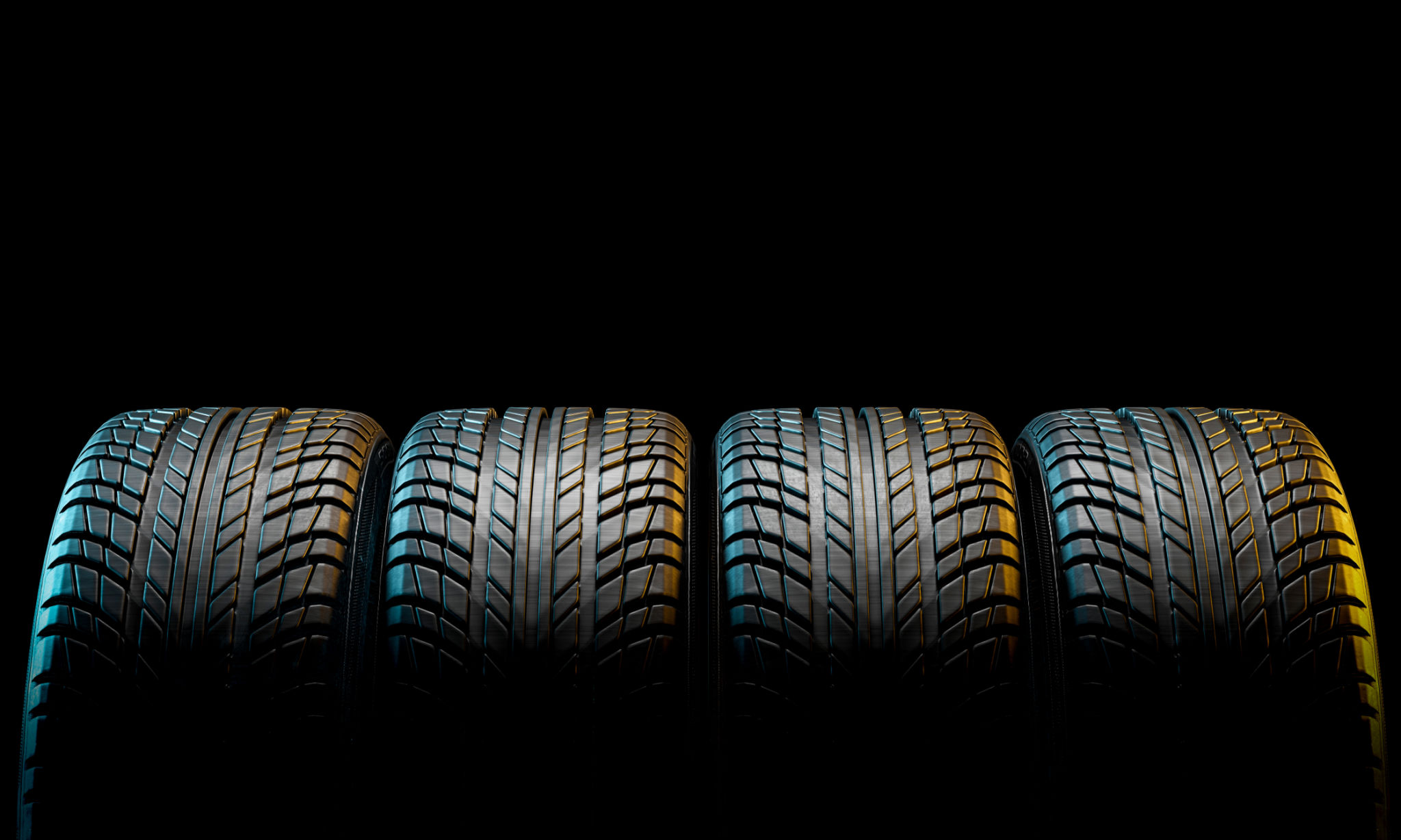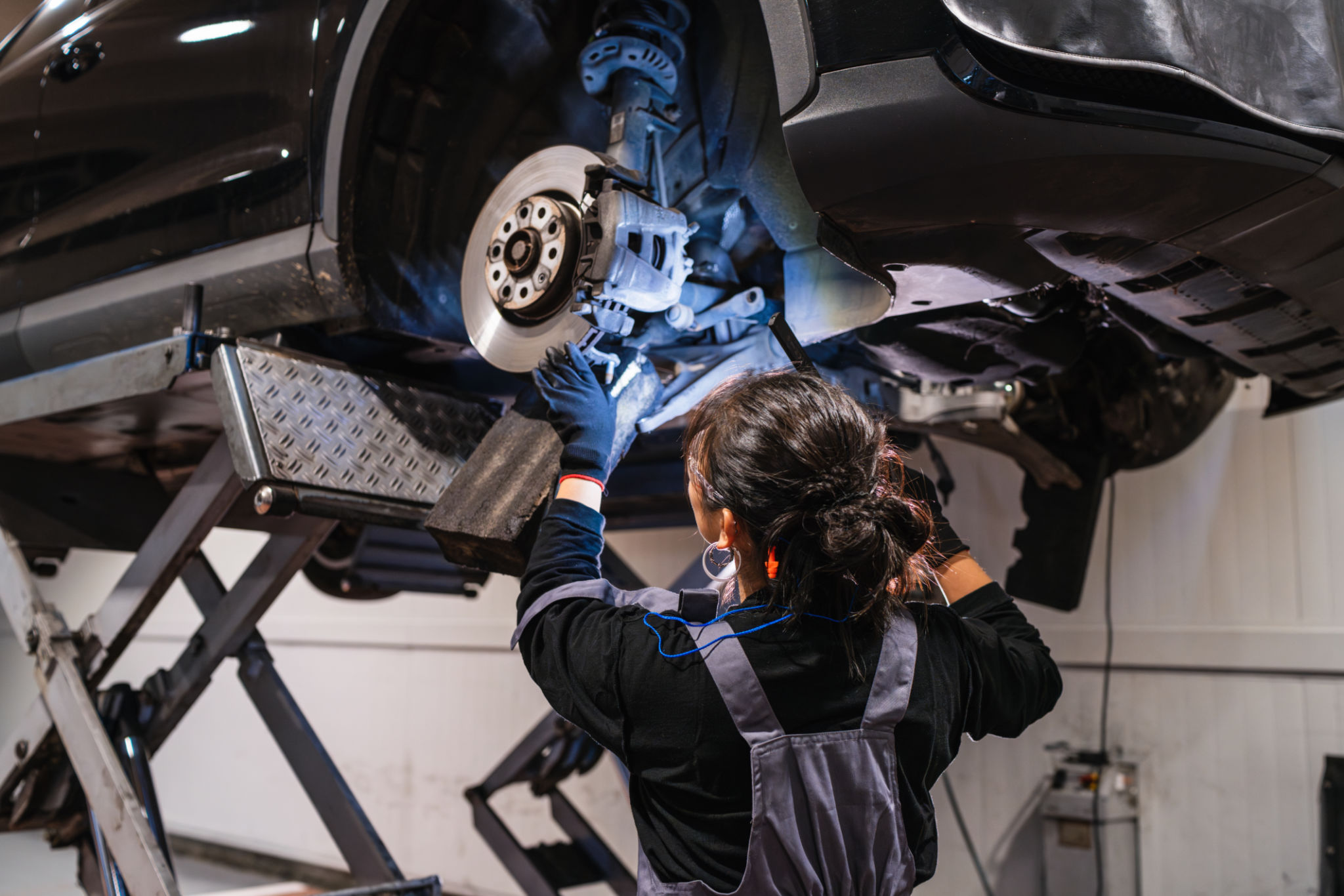DIY Wheel Alignment Checks: What You Can Do at Home
Understanding Wheel Alignment
Proper wheel alignment is crucial for the safety and efficiency of your vehicle. It ensures that your tires meet the road at the correct angle, your wheels are pointing in the right direction, and that your tires are centered in the wheel wells. Incorrect alignment can lead to uneven tire wear, poor handling, and reduced fuel efficiency.
While professional alignment services are recommended for precise adjustments, there are some basic checks you can perform at home. These DIY checks help you identify potential alignment issues before they become serious problems.

Signs of Poor Alignment
Uneven Tire Wear
One of the most common indicators of poor wheel alignment is uneven tire wear. Regularly inspect your tires for signs of wear on one edge or an inconsistent pattern across the tread. If you notice these issues, it might be time to check your alignment.
Vehicle Pulling to One Side
If your car consistently pulls to one side while driving on a straight road, it could indicate an alignment problem. Ensure that your tires are properly inflated first, as low air pressure can also cause pulling.

DIY Alignment Checks
Check Your Tire Pressure
Before any alignment checks, verify that your tire pressure is correct. Incorrect tire pressure can mimic alignment problems, so it’s crucial to rule this out first. Use a reliable pressure gauge and compare it against the manufacturer’s specifications found in your vehicle’s manual or the sticker inside the driver’s door.
Visual Inspection
A quick visual inspection can reveal obvious misalignments. Look at your car from the front and ensure that the wheels appear straight and parallel. Check for any noticeable tilting or uneven spacing between the tires and wheel wells.

Use a String Alignment Method
The string alignment method is a simple way to check wheel alignment at home. Here’s how to do it:
- Park your car on a flat surface.
- Secure a piece of string around the rear of the car, running it from one rear wheel to the other.
- Ensure the string is taut and just touches the front and back edges of each rear tire.
- Measure the distance between the string and the front tires at both the front and rear edges of each tire.
- If the measurements differ, it indicates that your wheels might be out of alignment.
When to Seek Professional Help
While DIY checks are useful, they are not as precise as professional services. If you suspect your car has significant alignment issues, it’s best to consult a professional mechanic. They have specialized equipment that provides accurate readings and adjustments.
Regular maintenance and monitoring can help extend the life of your tires and improve your vehicle's performance. By performing these simple checks, you can ensure your car remains safe and efficient on the road.
